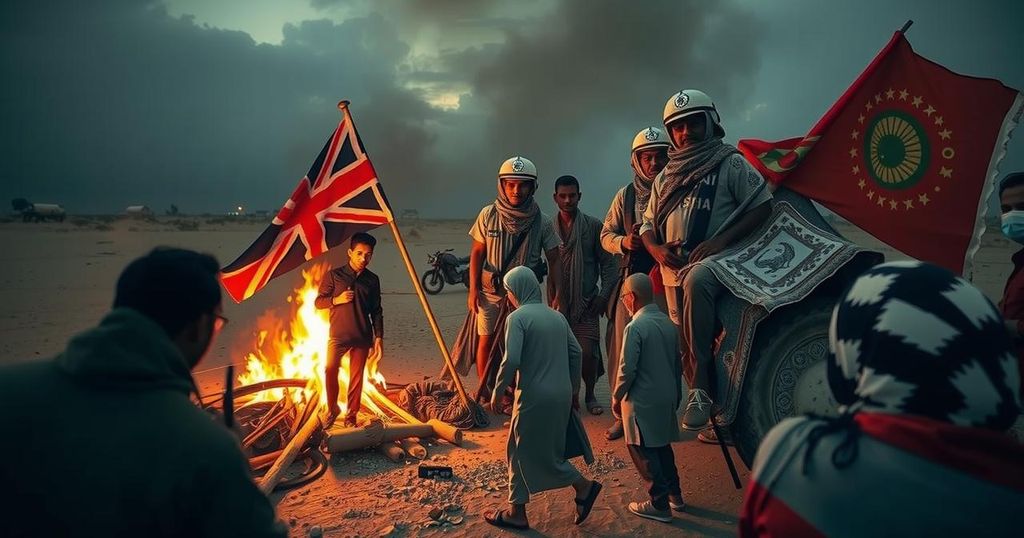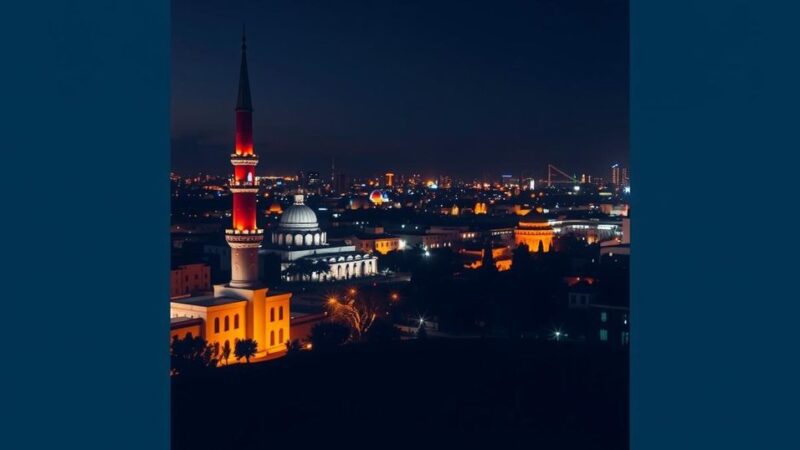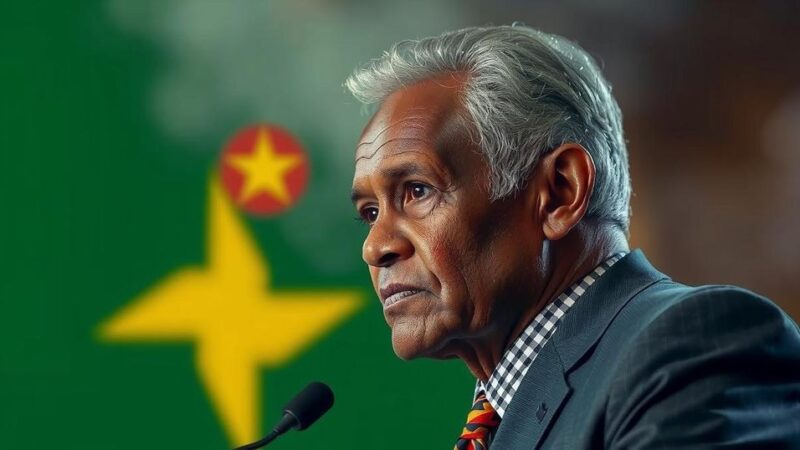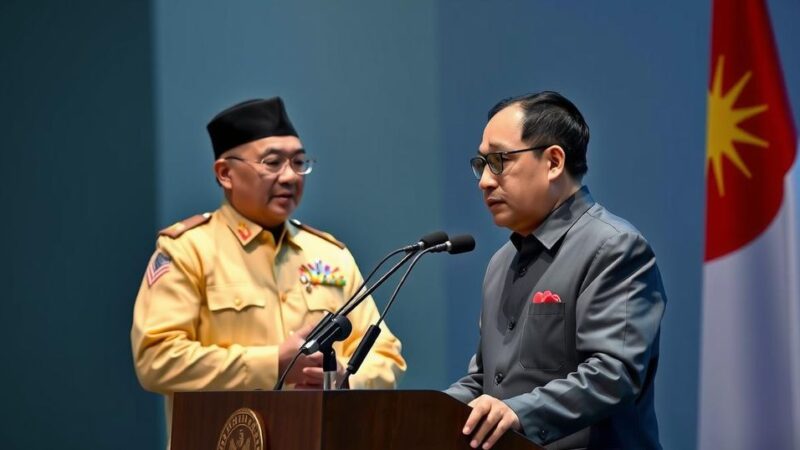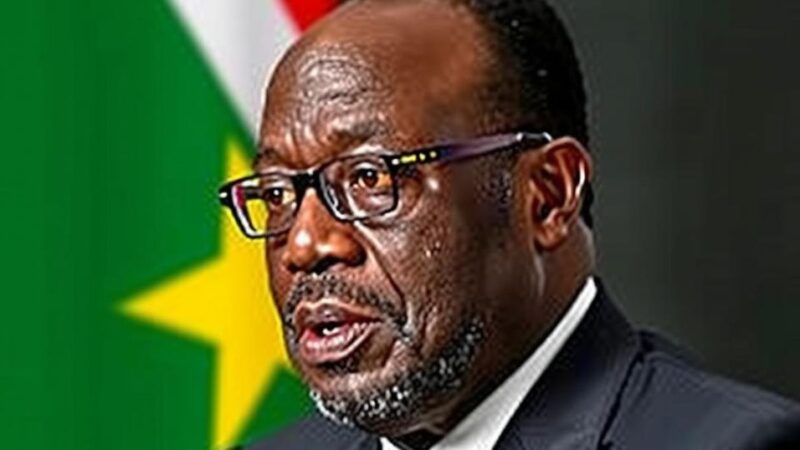The article delineates the rise of Sheikh Maxamed Cabdulle Xasan, the Mad Mullah, and his prominent role in leading a religious rebellion against British Somaliland in the late 19th century, highlighting the subsequent evolution of Somalia into the Somali Republic post-independence. It encompasses themes of colonial resistance, internal governance struggles, and the impact of external geopolitical interests in shaping modern Somali history.
In the late 19th and early 20th centuries, British Somaliland faced significant challenges due to a religious rebellion led by Sheikh Maxamed Cabdulle Xasan, also known as the Mad Mullah. His movement emerged amidst growing tensions with European and Ethiopian colonial forces. Initially recognized for his piety and scholar-like stature, Sheikh Maxamed’s relationships with colonial authorities soured, particularly with the exploitation by Christian missions. This dissatisfaction catalyzed a rebellion characterized by the mobilization of Somali clans against foreign encroachment, coalescing around the figure of the Sheikh, who assumed the title of Sayyid and garnered support through a blend of religious fervor and nationalist sentiment. The Dervishes, as his followers came to be known, adeptly utilized guerrilla tactics that confounded British military efforts during multiple campaigns from 1900 to 1904. Despite facing setbacks, the Sheikh’s forces experienced early successes, capitalizing on a lack of coordination and cumbersome logistics faced by the British. Nevertheless, by 1920, the British military, with renewed vigor, mounted a comprehensive offensive that ultimately led to the defeat of the Dervishes, though Sheikh Maxamed himself evaded capture until his death soon thereafter. The aftermath of the rebellion saw a reshaping of colonial governance in the region. By the 1920s, Italian Somaliland began to integrate more fully under Italian rule, with colonial policies encouraging settlement and agricultural development. Disputes, particularly over the Ogaden region, arose leading to tensions between Italy and Ethiopia. The post-World War II era witnessed significant change as the British protectorate, alongside Italian territories, transitioned towards independence, culminating in the formation of the Somali Republic in 1960. This new government grappled with deep-rooted clan politics, aiming for national cohesion amid external pressures for Somali unification. However, the Somali Republic’s early years were marred by internal strife and conflict with neighboring Ethiopia and Kenya over claims to territory and the right to self-determination for Somali populations beyond its borders. The rise of the military coup led by General Siad Barre in 1969 introduced a new regime espousing Scientific Socialism intertwined with traditional Islamic values, yet it was a regime marked by authoritarian control and suppression of clan identity. Barre’s administration engaged in extensive social reforms but stumbled in foreign affairs; the invasion of the Ogaden in 1977 backfired when Ethiopia rallied under Soviet support. The ensuing conflict resulted in humanitarian crises, with millions displaced and the dire repercussions of famine and warfare impacting the region.
The historical narrative of Somalia’s revolt against colonial rule sheds light on the complex interplay of religion, nationalism, and imperialism. Sheikh Maxamed Cabdulle Xasan’s campaign against the British and Ethiopian forces represents a significant episode in the context of Somali resistance to colonialism. The revolt highlighted the broader themes of anti-colonial sentiment fueled by religious mobilization, as well as the internal dynamics of clan politics. The eventual formation of the Somali Republic in 1960 and its subsequent political struggles illustrate the challenges faced by newly independent nations in aligning diverse clan allegiances within a unified national framework. The Cold War dynamics and the Somali government’s foreign relations serve to highlight the geopolitical significance of Somalia amidst regional rivalries.
In summary, the resistance led by Sheikh Maxamed Cabdulle Xasan against colonial powers remains a pivotal chapter in Somali history, encapsulating the themes of Islamic revivalism, national identity, and the struggle for self-determination. The eventual establishment of the Somali Republic, while offering a chance at unity, revealed ongoing vulnerabilities linked to clan divisions and external pressures. The trajectory from colonial rule through revolution into the tensions of independence underscores the complexity of nation-building in a context rich with historical and cultural intricacies.
Original Source: www.britannica.com
